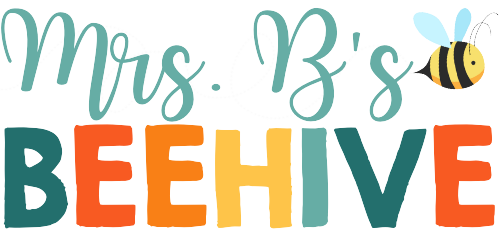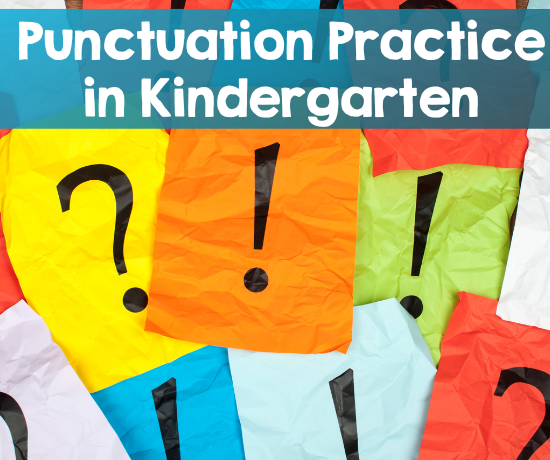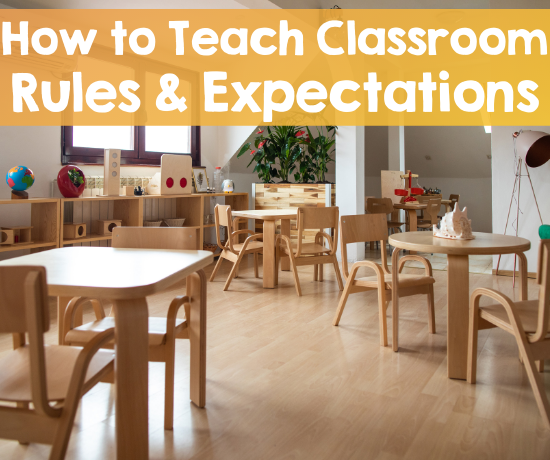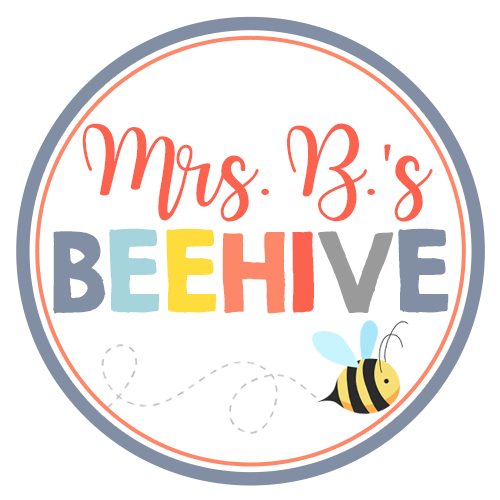Hi guys!
I survived the first week of school, and I am actually writing a blog post on the first weekend!!! I’m not going to lie, I feel pretty proud of myself : ) As you guys know, I wear a couple of different hats at my school. I am the Kinder teacher, but I am also the Vice-Principal. Balancing both of these jobs can be stressful at times, but my love for organization and efficiency usually helps to keep me sane.
As part of my Vice-Principal duties, I am in charge of staff development. I have a lot of freedom to set the agenda, and decide which direction the staff should be moving in. This can often be stressful, because I constantly question if I am leading them in the right direction. I do my best to stay up to date with educational trends while at the same time understanding where our school is now, and what steps we need to take to move forward. With all that being said, I decided to make some worksheets that would help me narrow in on my goals for the school year.
I decided on three main goals for the school year. My goal is to inform teachers about these goals, let them know where they can find resources, and follow-up with them at each meeting in regards to their progress towards these goals. The first thing that I needed to do, was to clearly state my goals, and clarify the specifics about what I wanted to achieve, so I made a SMART goals worksheet. I did this on my own, but it could easily be done as a whole faculty as well.
The three goals I decided on, were developing a growth mindset in our students, STEM implementation, and student data tracking. I wrote down exactly what I wanted to achieve within those subject areas, and what I wanted us to achieve as a staff by the end of the school year.
Next, I thought about how I was going to break up the information into bite sized pieces for the faculty to try one month at a time. By breaking everything down into small chunks, the faculty does not get overwhelmed, and is more likely to be on the same page.
After that, I made a worksheet that I could use for each faculty meeting. This form reminds me to give the teachers the reminders they need, the praise they deserve, and helps me to stay on track with my goals for our school.
I hope that these forms can be of some use to you as you plan your professional development for the year. Leave a comment below, and let me know what your faculty goals are for the year! If you would like a copy of these forms, just click on any of the pictures above or on the link below:





